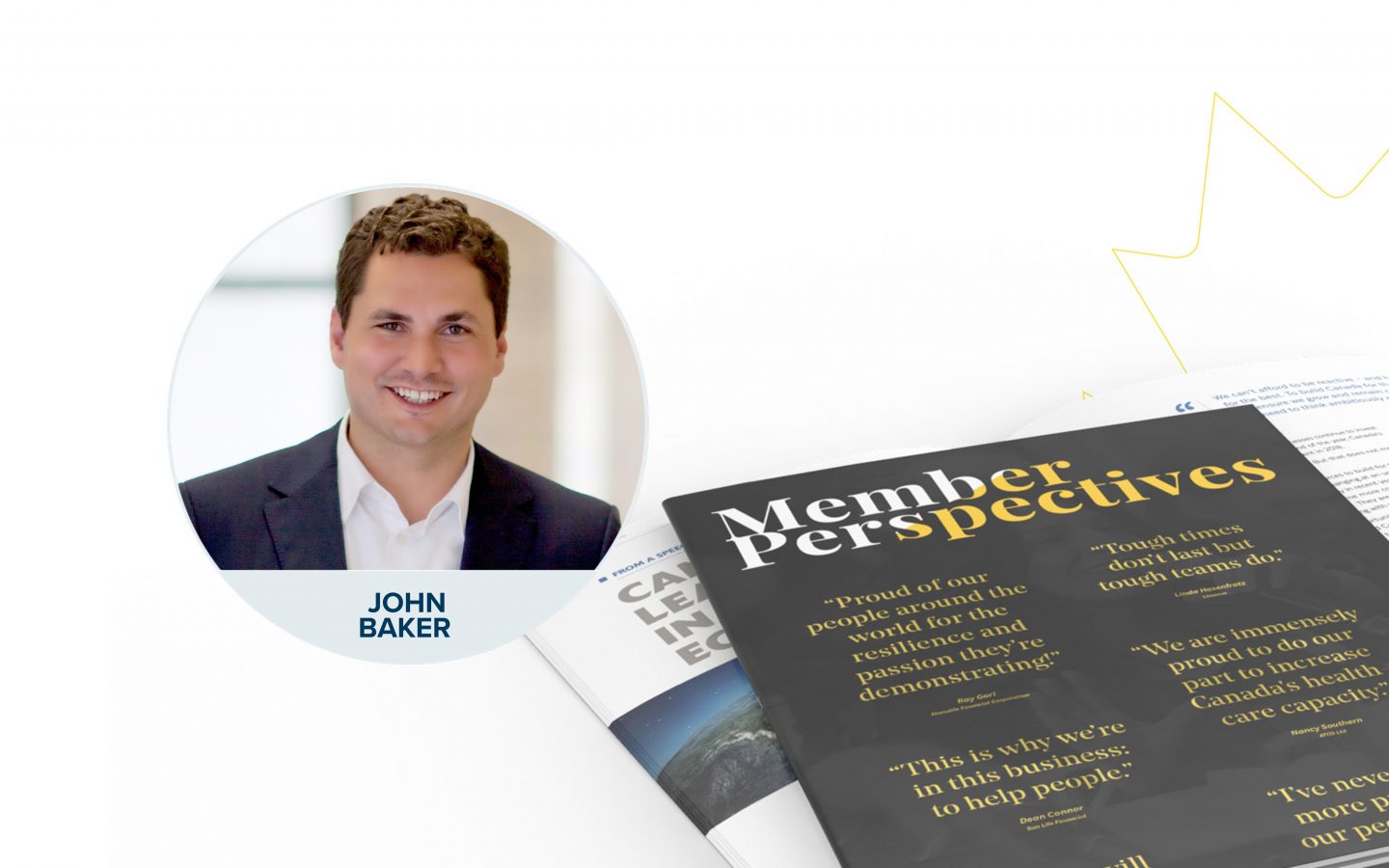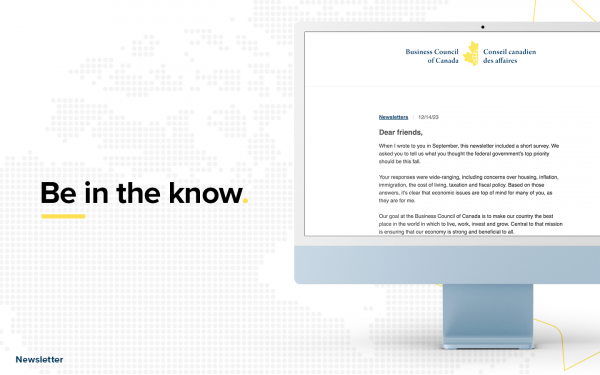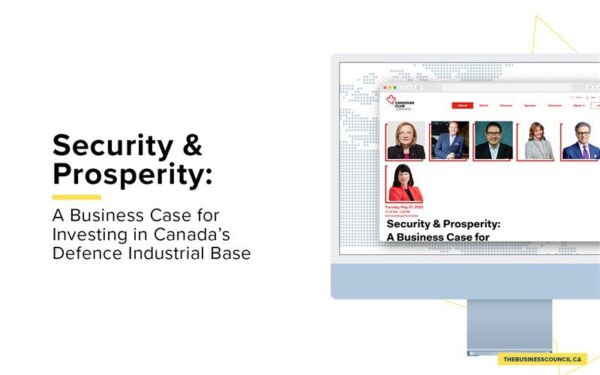Work-Based Learning: Why You Have to Get With The Program
When I was an engineering student at the University of Waterloo, some people wondered why I’d choose a program that took an extra year compared to other universities. My program “interrupted” instructional time with six four-month cooperative education placements — which, in Canada, are paid work experiences where students apply their education in various companies — all around the world.
Flash forward two decades, and one of the biggest disruptions in education — one poised to become a critical component of education in the decades to come — is work-based learning (WBL). I like to call this work-integrated learning, as it does not assume that learning needs to solely take place within the workplace.
These days, the concept of work-based learning is more expansive than co-op. The term describes a continuum of opportunities offered either inside or outside the workplace, including everything from traditional clinical placements for healthcare practitioners to corporate internships and hackathons that invite coders to crack a particular industry problem — and a host of others. No matter what they are named, these programs are characterized by the combination of experiences in educational and workplace settings. They align classroom and workplace learning and apply academic, technical and employability skills in a work setting — and they include support from classroom or workplace mentors.
One factor driving the recent expansion of work-based learning programs is the skills gap — a widely acknowledged global phenomenon in which, for complex reasons, the skills taught in schools don’t always match the skills demanded by employers. For example, in a recent U.S. study, 73% of employers perceived that it was “very or somewhat difficult” to find qualified candidates for jobs, and about 34% said schools have not properly prepared students for jobs.
But another factor — and perhaps a lesser known one — is a pragmatic shift in the way that schools have responded to disruption in the education sector. In a time when the sum of the world’s information is available in the palm of your hand, educators realize that going to where the knowledge is, rather than remaining in the classroom, is how most students prefer to learn. And in the world of work, knowledge is largely concentrated in the workplace, making WBL a natural fit for most higher education institutions that are trying to close the skills gap. It provides a vital and important feedback loop from the world of work back into our universities and colleges.
The challenge, of course, is that workplace learning depends on workplaces to participate right from the beginning of the process. Once they decide to partner with a postsecondary institution, employers have a key role to play in the design and implementation of WBL, from providing input into the market needs today and in the future to designing the work-learning experience and providing appropriate mentors. Employers have a tremendous impact on the success of WBL. In return, the benefits they receive are significant.
In addition to closing the skills gap — and helping to ensure that the skills students graduate with are the skills employers need — WBL gives employers a direct, no-obligation recruiting line of new talent. Many students in WBL programs return to the businesses they trained in as full employees. But WBL can also give employers the benefit of new ideas percolating up through postsecondary schools, making knowledge transfer a two-way street. As well, mentoring students helps develop leadership abilities in existing employees, as well as developing relationships with colleges and universities for opportunities in research and other kinds of partnerships. It’s a virtuous feedback loop that benefits more than just the worker — and these feedback loops are necessary to align the workforce and educational institutions.
A key first step to successfully implementing a successful WBL program — beyond reaching out to your local college or university to get a job posting started — is making sure the experience meets your learners’ needs. Through a survey we commissioned in 2018, we discovered that out of nine learning methods, coaching and mentoring appeals most to both the 50-and-older cohort and the youngest learners (21-25 years old). In fact, our research showed that many younger workers value human interactions even more than some of their older colleagues, which flies in the face of conventional wisdom.
I support work-based learning, in part because I have seen the practice gathering momentum among our partners in learning. Having seen firsthand the benefits that WBL brings to businesses and schools alike, I remain more convinced than ever that what was rare 20 years ago will be commonplace in the future of education and of work — and that chief learning officers and others responsible for workplaces of the future will need to get on board or risk being left behind.











